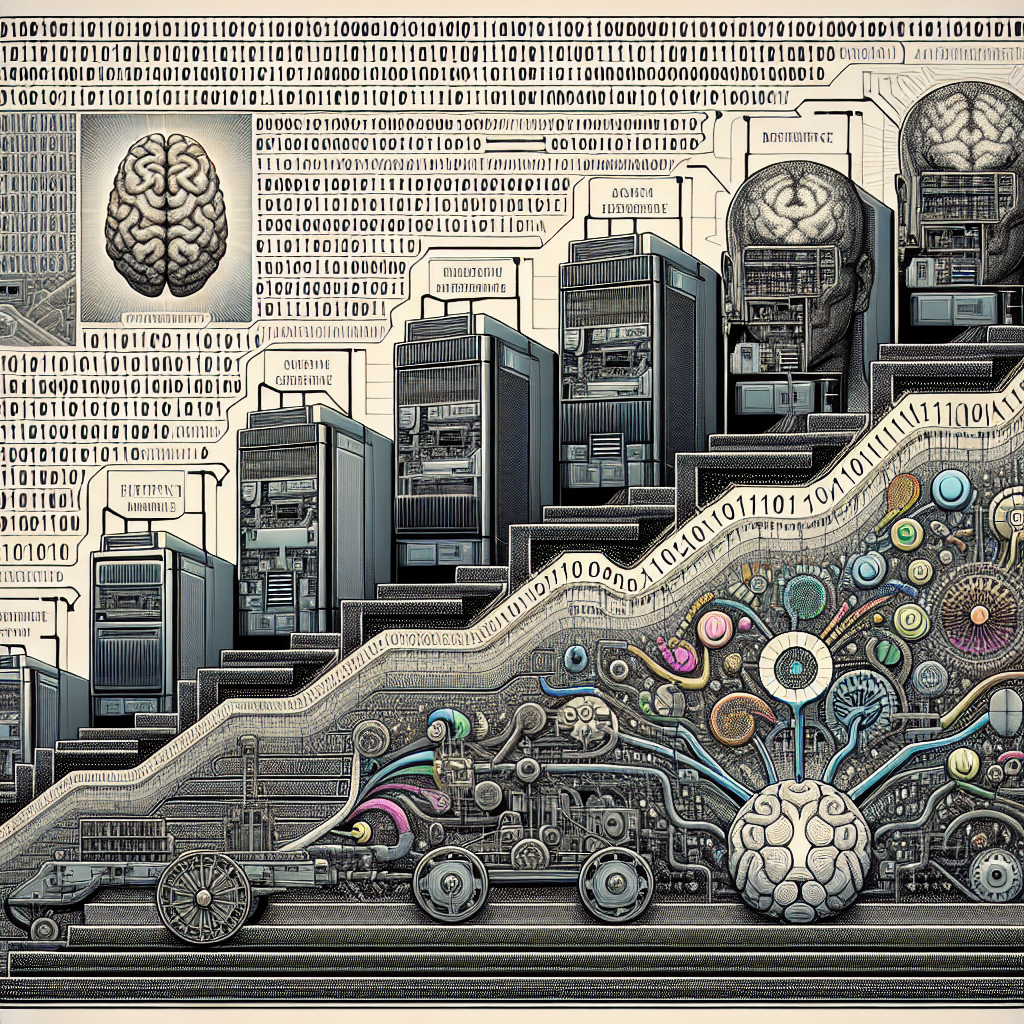Natural Language Processing (NLP) is a subfield of artificial intelligence (AI) that focuses on the interaction between computers and humans using natural language. The goal of NLP is to enable computers to understand, interpret, and generate human language in a way that is both meaningful and useful. Over the years, NLP has evolved significantly, with advancements in technology and research leading to more sophisticated and accurate language processing capabilities.
The Evolution of NLP
The history of NLP can be traced back to the 1950s, with early attempts to develop machine translation systems and automated language processing tools. One of the first significant milestones in NLP was the development of the first chatbot, ELIZA, in the 1960s. ELIZA was created by Joseph Weizenbaum at the Massachusetts Institute of Technology and was designed to simulate a conversation with a human therapist using simple pattern matching techniques.
In the 1970s and 1980s, researchers began to develop more sophisticated NLP systems that could perform tasks such as information retrieval, text summarization, and question answering. One of the key developments during this time was the introduction of statistical language processing techniques, which allowed computers to analyze and generate human language based on large amounts of data.
The 1990s saw the emergence of more advanced NLP technologies, including the development of speech recognition and machine translation systems. Companies such as IBM and Google began to invest heavily in NLP research, leading to significant breakthroughs in areas such as sentiment analysis, named entity recognition, and natural language understanding.
In recent years, the field of NLP has seen rapid growth and innovation, driven by the availability of large amounts of text data, powerful machine learning algorithms, and advances in computational resources. Deep learning, a subfield of machine learning that focuses on neural networks, has played a particularly important role in advancing NLP capabilities. Models such as transformers, which are based on deep learning architectures, have achieved state-of-the-art performance on a wide range of NLP tasks, including language translation, text classification, and question answering.
Today, NLP is being used in a wide range of applications, including virtual assistants, chatbots, sentiment analysis tools, and language translation services. Companies such as Amazon, Apple, Google, and Microsoft are all investing in NLP research and development, with the goal of creating more intelligent and intuitive interfaces for interacting with computers.
FAQs
1. What are the key challenges in NLP development?
One of the key challenges in NLP development is the ambiguity and complexity of human language. Natural language is highly nuanced and context-dependent, making it difficult for computers to accurately interpret and generate text. Another challenge is the lack of labeled training data for many NLP tasks, which can limit the performance of machine learning models.
2. How do NLP models learn to understand human language?
NLP models learn to understand human language through a process called training, where they are exposed to large amounts of text data and are trained to predict the next word in a sentence or classify the sentiment of a text. By learning from this data, NLP models can develop an understanding of language patterns and structures.
3. What are some common NLP applications?
Some common NLP applications include virtual assistants (such as Siri and Alexa), sentiment analysis tools (which analyze the emotional tone of text), chatbots (which simulate conversation with users), and language translation services (such as Google Translate).
4. How can I get started with NLP?
If you are interested in getting started with NLP, there are many online resources and tutorials available that can help you learn the basics of natural language processing. Popular programming languages for NLP include Python and R, and libraries such as NLTK and spaCy are commonly used for text processing tasks.
5. What are some future trends in NLP?
Some future trends in NLP include the development of more advanced language models that can generate human-like text, the integration of NLP with other AI technologies such as computer vision and robotics, and the use of NLP in areas such as healthcare, finance, and cybersecurity. As NLP continues to evolve, we can expect to see more sophisticated and intelligent language processing capabilities that enable computers to interact with humans in more natural and intuitive ways.
In conclusion, the evolution of NLP in artificial intelligence has been driven by advancements in technology, research, and computational resources. From early chatbots to state-of-the-art language models, NLP has come a long way in enabling computers to understand, interpret, and generate human language. As NLP continues to evolve, we can expect to see more intelligent and intuitive language processing capabilities that will revolutionize the way we interact with computers and technology.

